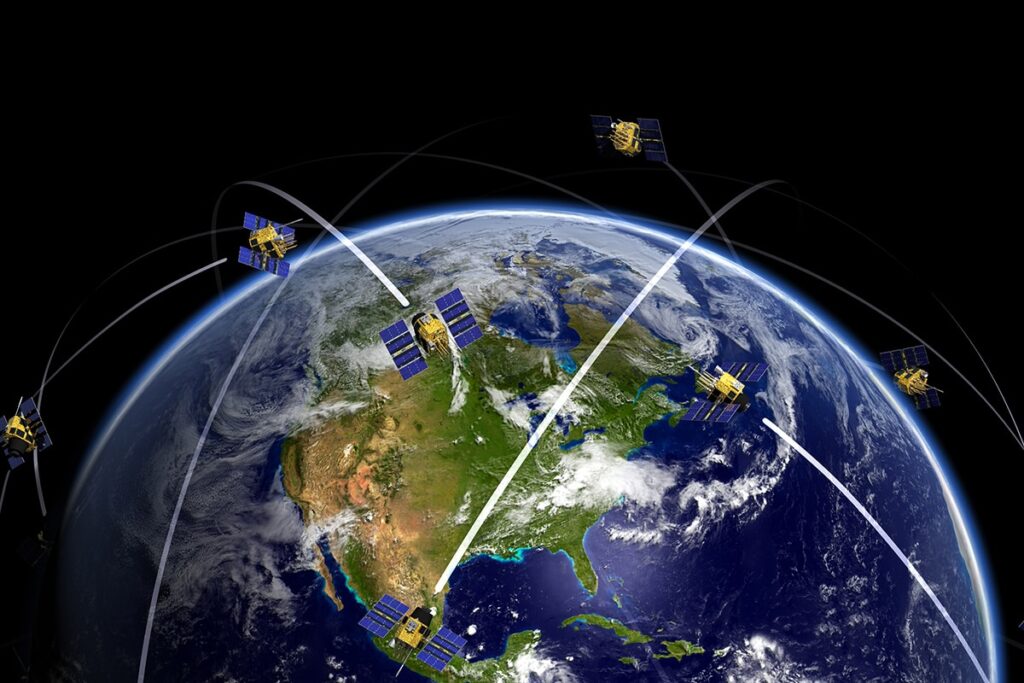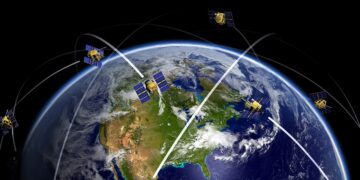
Sateliot has unveiled an innovative testing program for a groundbreaking system that allows its satellites to connect directly with Internet of Things (IoT) devices, independent of global navigation satellite systems (GNSS) such as GPS. This development, part of the FreeGNSSNetwork initiative in collaboration with the European Space Agency (ESA) and Spanish firm GMV, marks a significant advancement for Europe’s technological independence, particularly in critical areas like defense and security where operations without GNSS are essential.
Historically, Low Earth Orbit (LEO) satellite constellations—like those used by Sateliot—have provided connectivity to remote regions beyond terrestrial networks, covering over half of the Earth’s surface. However, these systems have largely relied on GNSS, which increased energy consumption and led to higher hardware costs for devices.
The FreeGNSSNetwork initiative aims to eliminate this dependency by utilizing advanced algorithms that enable IoT devices to determine their position directly from satellite signals. This innovative approach ensures reliable and precise connectivity, even in adverse or disrupted conditions, such as during wartime.
The system offers a positioning accuracy of approximately 10 meters and provides highly precise time synchronization of 50 nanoseconds (0.00000005 seconds). Currently in the testing phase within laboratory settings that replicate real-world satellite communication conditions, the technology is set to be demonstrated in orbit using prototype satellites and terminals that transmit Positioning, Navigation, and Timing (PNT) data directly to IoT devices.
Jaume Sanpera, co-founder and CEO of Sateliot, referred to the project as a “paradigm shift” in the industry, positioning Spain at the forefront of satellite innovation. “This research enhances Europe’s coverage and connectivity into previously unreachable areas and highlights Spain’s ability to develop advanced technologies that serve both civil and defense purposes,” he stated.
The formalisation of the agreement took place during the European Space Agency’s 50th anniversary celebration at ESAC in Madrid, with notable attendees including ESA Director General Josef Aschbacher, Diana Morant, Spain’s Minister of Science, Innovation and Universities, and Juan Carlos Cortés, Director of the Spanish Space Agency (AEE), among other senior officials.
According to Sateliot, this initiative not only reinforces Europe’s resilience and energy efficiency in satellite communications but also paves the way for future advancements in 6G technology, with the company actively contributing to ongoing developments within the 3GPP framework.


















